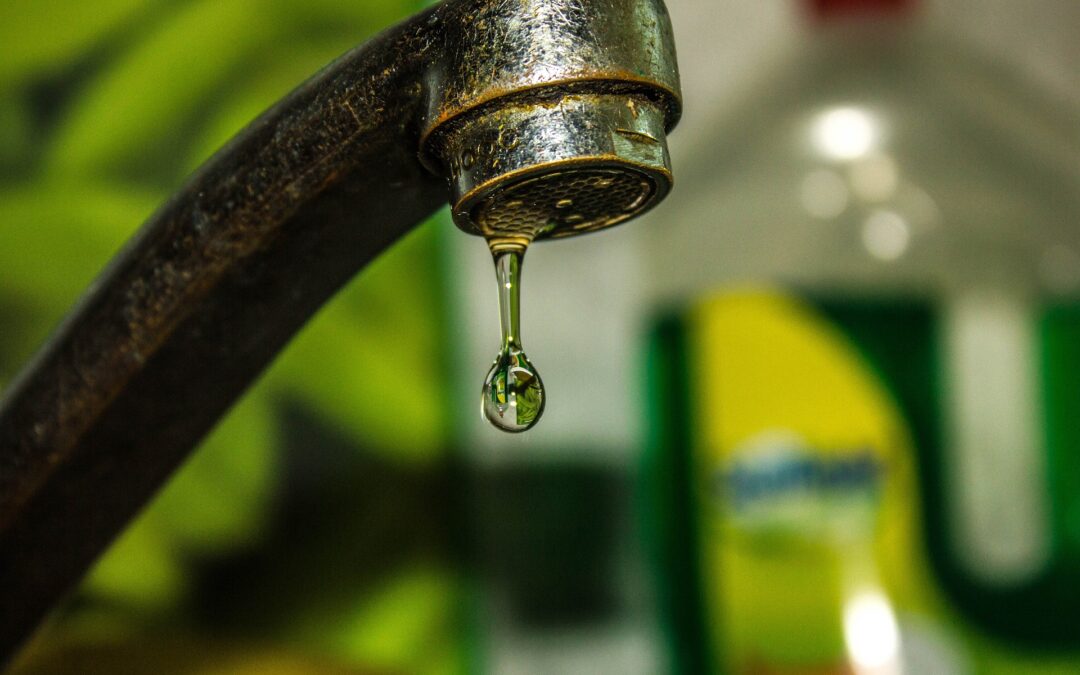As the sun beats down on California and the Western U.S., the intensifying drought fueled by climate change has reached unprecedented levels. Recent scientific revelations indicate that the region spanning from Montana to California to northern Mexico has endured the driest 22-year period in over a millennium.
Impact on Water Sources
The backbone of California’s water supply, groundwater, has been significantly affected. Groundwater, accounting for up to 60% of the state’s water in drought years, has been pumped without regulation, leading to a substantial decline in water levels in California’s aquifers — those vital reservoirs within porous rock or sediment saturated with groundwater.
In Southern California, the dependence on water from the Colorado River complicates matters. The river’s primary source, the snowpack, is diminishing due to climate change. Unfortunately, the seven states reliant on the Colorado River have consistently drawn more water than the river can provide, resulting in a drastic reduction of water levels in major reservoirs like Lake Powell and Lake Mead.
Normal Water Pressure in California
Amidst the water scarcity concerns, maintaining proper water pressure becomes crucial. According to the California Plumbing Code, water pressure at the point of use should not be less than 15 psi and not exceed 80 psi. Most plumbing professionals recommend an ideal pressure of around 50 psi.
Addressing Low Water Pressure Issues
If you’re grappling with low water pressure, the following steps can help:
- Test Your Water Pressure: Use a standard pressure gauge on your home’s water supply to determine if it falls within the standard range of 40–80 psi.
- Contact a Plumber: Common causes of low water pressure include clogged, leaking, or corroded pipes, or a malfunctioning pressure regulator. A plumber can identify and remedy these issues.
- Adjust the Pressure-Reducing Valve: Most homes have a pressure-reducing valve on the main water supply pipe. You can potentially increase water pressure by adjusting this valve.
- Contact Your Public Utility: If you’re connected to a public water supply system and experience low pressure, liaise with your public utility for resolution.
- Call Your Plumber (Again): If the public utility’s efforts prove insufficient, a plumber can install a pressure tank and pump to address the issue.
- Contact a Well-Pump Technician: For those reliant on a private well, low water pressure may signify problems with the captive storage tank or the pump, necessitating the expertise of a well-pump technician.
Staying Informed with SoCal Plumbers
For a deeper understanding of plumbing intricacies, visit SoCal Plumbers. If this article has been informative, and you wish to receive more insights from SoCal Plumbers, sign up here .
In the challenging landscape of California’s water crisis, knowing how to address low water pressure issues is crucial. By staying informed and taking proactive measures, homeowners can navigate these challenges and contribute to sustainable water usage practices.


